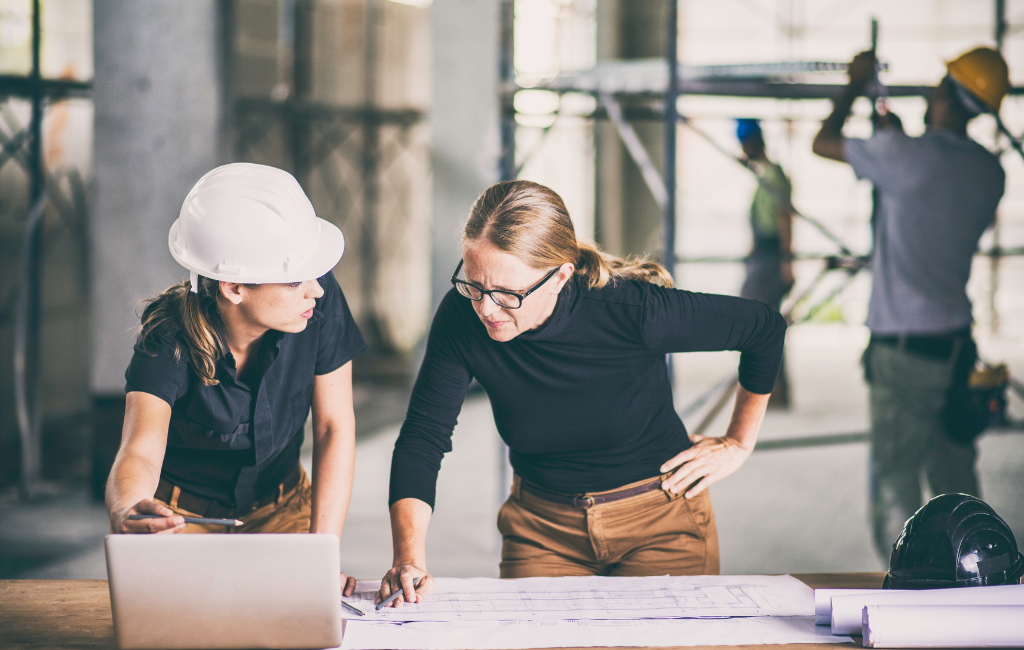Architect Solutions for Sustainable Spaces
As the world grapples with environmental challenges, the role of architecture in creating sustainable spaces has never been more significant. Architects are at the forefront of designing buildings and urban areas that minimize environmental impact while enhancing the quality of life for inhabitants. This article explores various architect solutions for sustainable spaces, supported by examples, case studies, and statistics.
Green Building Materials
One of the primary ways architects contribute to sustainability is through the selection of green building materials. These materials are sourced and manufactured in ways that reduce environmental impact.
- Bamboo: A rapidly renewable resource, bamboo is used for flooring, cabinetry, and structural elements.
- Recycled Steel: Utilizing recycled steel reduces the need for new steel production, which is energy-intensive.
- Rammed Earth: This material offers excellent thermal mass and is made from natural, locally sourced materials.
For instance, the Bullitt Center in Seattle, often referred to as the greenest commercial building in the world, extensively uses sustainable materials. The building’s structure incorporates FSC-certified wood and recycled materials, significantly reducing its carbon footprint.
Energy Efficiency
Energy efficiency is a cornerstone of sustainable architecture. By reducing energy consumption, buildings can lower their environmental impact and operating costs.
Passive Design Strategies
Passive design strategies leverage natural elements to maintain comfortable indoor temperatures without relying heavily on mechanical systems.
- Orientation: Positioning buildings to maximize natural light and ventilation.
- Insulation: Using high-quality insulation to reduce heat loss in winter and heat gain in summer.
- Thermal Mass: Incorporating materials that absorb and release heat slowly.
The BedZED (Beddington Zero Energy Development) in London is a prime example of passive design. The development features south-facing homes to maximize solar gain, thick insulation, and thermal mass to maintain stable indoor temperatures.
Renewable Energy Integration
Integrating renewable energy sources into building designs is another effective strategy for achieving sustainability.
- Solar Panels: Harnessing solar energy to generate electricity and heat water.
- Wind Turbines: Utilizing wind energy for power generation.
- Geothermal Systems: Using the earth’s stable temperatures for heating and cooling.
The One Central Park in Sydney incorporates a heliostat system and rooftop gardens to generate renewable energy and reduce the building’s reliance on non-renewable sources.
Water Conservation
Water conservation is another critical aspect of sustainable architecture. Efficient water use reduces the strain on local water supplies and minimizes wastewater production.
Rainwater Harvesting
Rainwater harvesting systems collect and store rainwater for non-potable uses such as irrigation and toilet flushing.
The Solaire in New York City, a pioneering green residential building, features a rainwater harvesting system that reduces potable water use by 50%.
Greywater Recycling
Greywater recycling systems treat and reuse water from sinks, showers, and washing machines for irrigation and other non-potable applications.
The Omega Center for Sustainable Living in Rhinebeck, New York, uses a greywater recycling system to treat and reuse all of its wastewater on-site.
Urban Green Spaces
Incorporating green spaces into urban environments enhances biodiversity, improves air quality, and provides recreational areas for residents.
Green Roofs and Walls
Green roofs and walls are covered with vegetation, providing insulation, reducing stormwater runoff, and improving air quality.
The Bosco Verticale in Milan features two residential towers with over 900 trees and 20,000 plants, creating a vertical forest that absorbs CO2 and produces oxygen.
Pocket Parks
Pocket parks are small green spaces in urban areas that offer residents a place to relax and connect with nature.
The Paley Park in New York City is a well-known example of a pocket park, providing a tranquil oasis in the heart of Manhattan.
Case Studies
Examining successful sustainable architecture projects provides valuable insights into effective strategies and their impact.
The Edge, Amsterdam
The Edge in Amsterdam is often cited as one of the most sustainable office buildings in the world. It features:
- Solar panels that generate more energy than the building consumes.
- Aquifer thermal energy storage for heating and cooling.
- Smart lighting systems that adjust based on occupancy and natural light levels.
The building’s innovative design has resulted in a 70% reduction in energy consumption compared to traditional office buildings.
Masdar City, Abu Dhabi
Masdar City is a planned city project in Abu Dhabi designed to be one of the most sustainable cities in the world. Key features include:
- 100% renewable energy from solar and wind sources.
- Extensive use of recycled and locally sourced materials.
- Efficient public transportation systems to reduce car dependency.
Masdar City aims to be a blueprint for sustainable urban development, demonstrating the potential for large-scale sustainable living.
Conclusion
Architects play a pivotal role in shaping sustainable spaces that address environmental challenges while enhancing the quality of life. By utilizing green building materials, implementing energy-efficient designs, conserving water, and integrating urban green spaces, architects can create buildings and cities that are both environmentally friendly and livable. The examples and case studies highlighted in this article demonstrate the tangible benefits of sustainable architecture, offering a roadmap for future projects.
